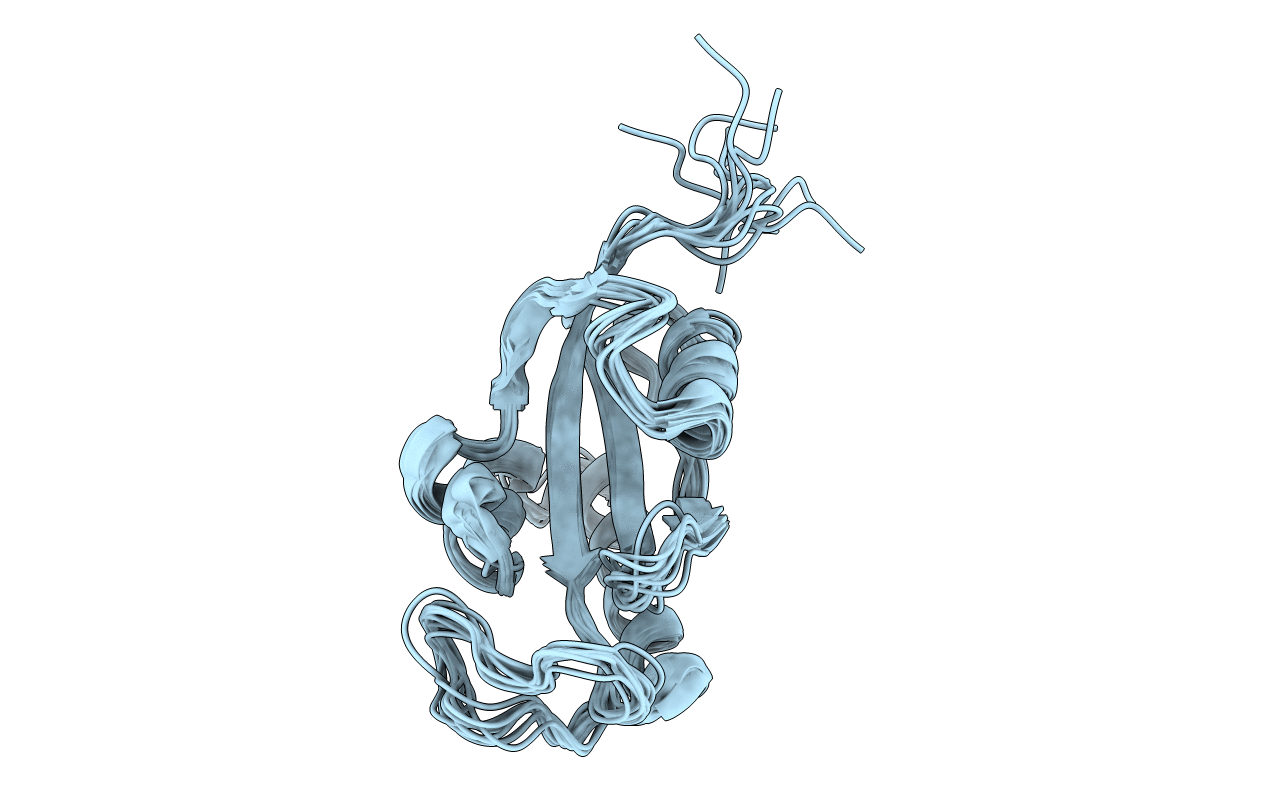
Deposition Date
2015-01-20
Release Date
2016-01-06
Last Version Date
2024-05-15
Method Details:
Experimental Method:
Conformers Calculated:
50
Conformers Submitted:
10
Selection Criteria:
structures with the lowest energy


